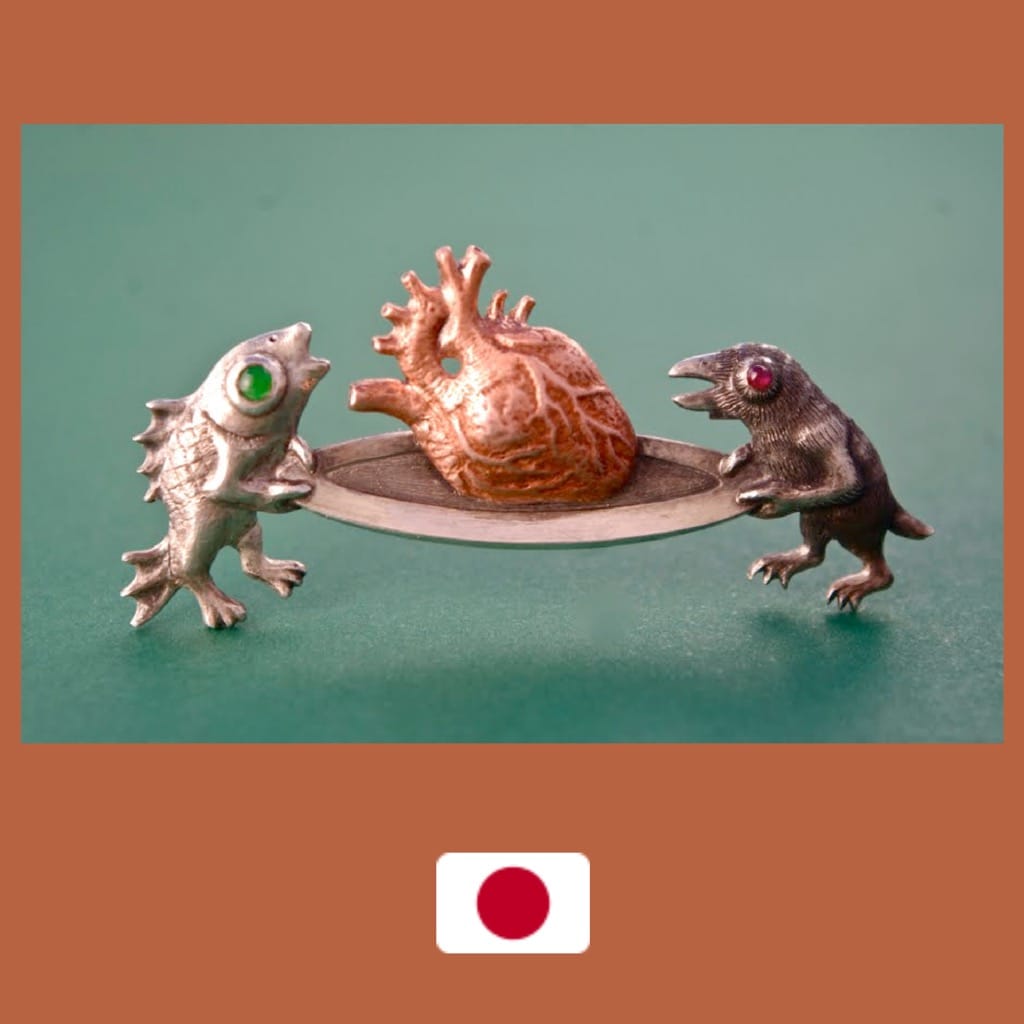
I read this right after that guy got killed when trying to preach Christianity to the Sundanese, so my mood was perfect for this book, which tells about Bruno Manser, the Swiss man who lived with the Dayak tribe in Borneo, and Michael Palmieri, an American who is famous for his expertise on tribal art. Approaching the book, I was thinking, with indignation, about the many ways in which we as a “post-colonial” society still approach “civilization diversity”. And as I began reading, especially with chapters on Michael Palmieri, I thought that I would finish reading with further indignation. A rich guy who sells antiques he gets for pennies from the locals, grr, why would anyone want to write a book about him, and not the people he’s buying art from? But as I read on, I realized that Carl Hoffman’s thesis was very close to my own musings. His take on Michael Palmieri and Bruno Manser, is full of duality and nuance. He presents interesting facts about the way white and non-white colonization worked in Borneo over the years, which explains the particulars of how the indigenous tribes and local communities communicate. And Hoffman questions everything: white saviors, spiritual tourism, “purity” of being indigenous, prospects of assimilation, everything that deals with the issues of “civilized” and “non-civilized” living in the backdrop of Borneo. It’s a smart take on an interesting subject, and a work of journalistic integrity.
The Last Wild Men of Borneo. A True Story of Death and Treasure by Carl Hoffman
Published by William Morrow in 2018
















